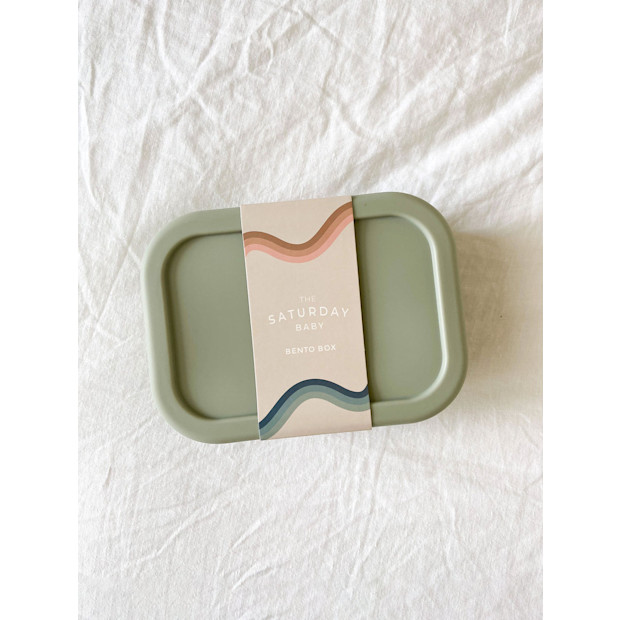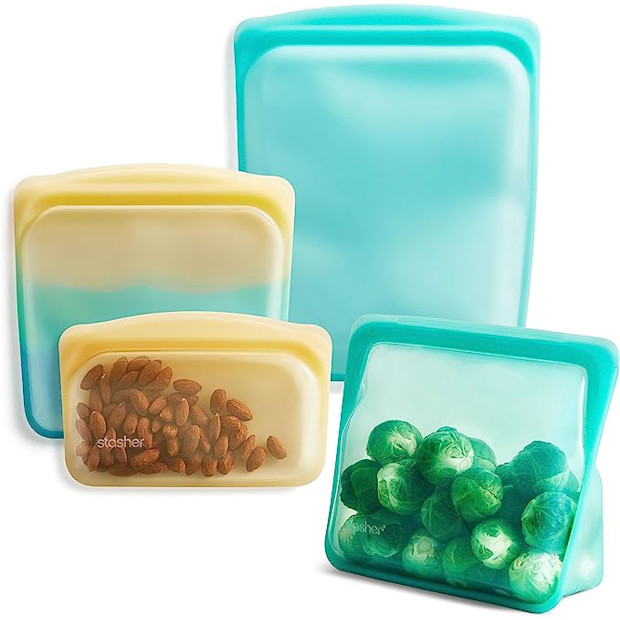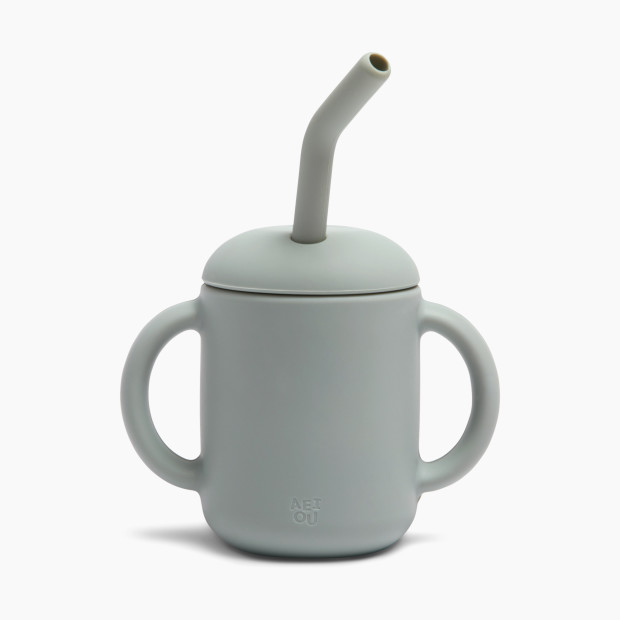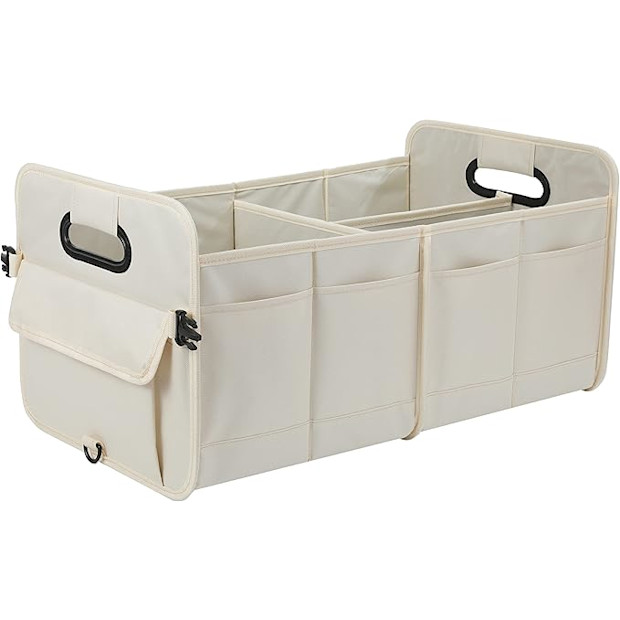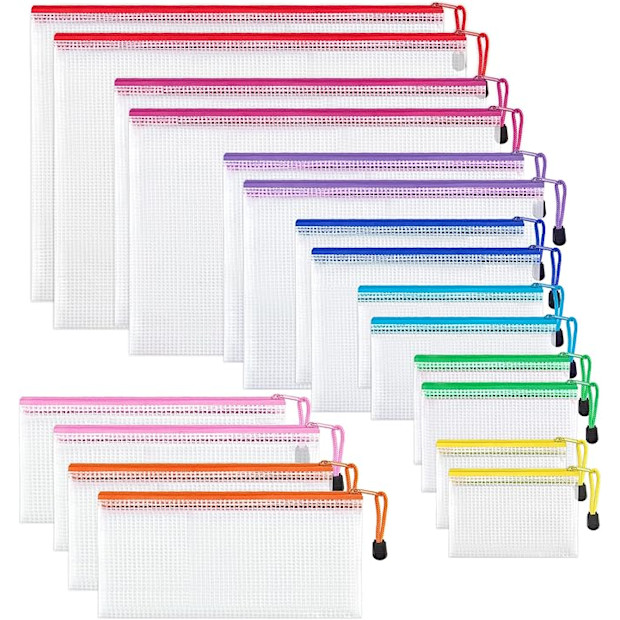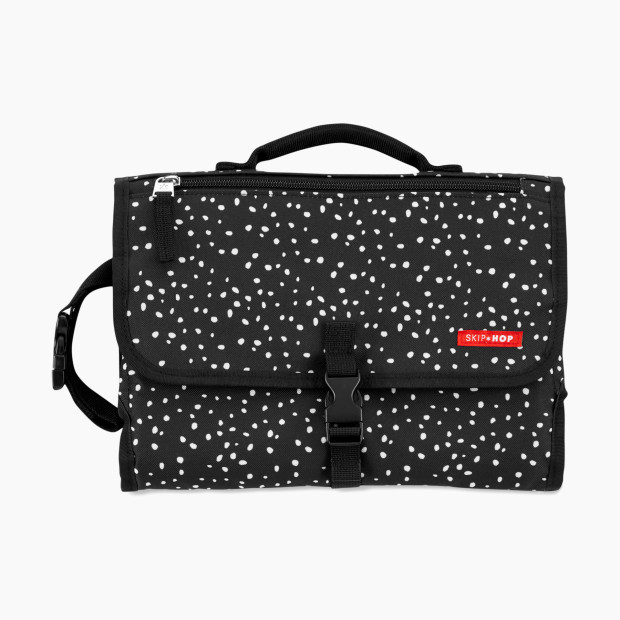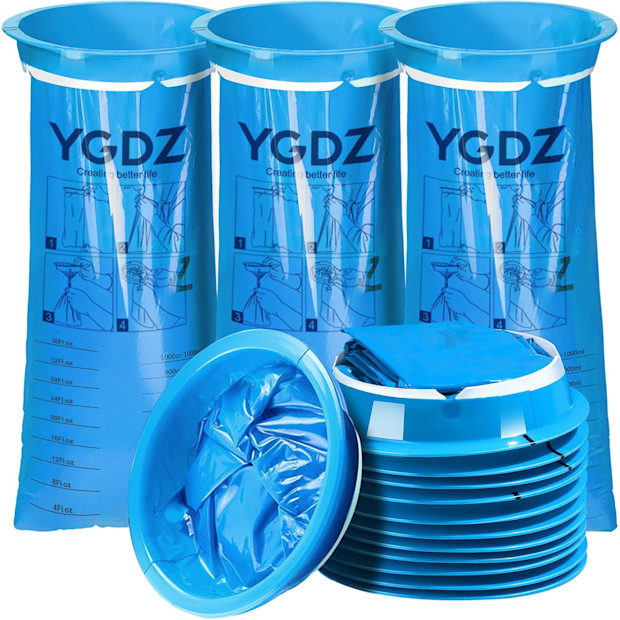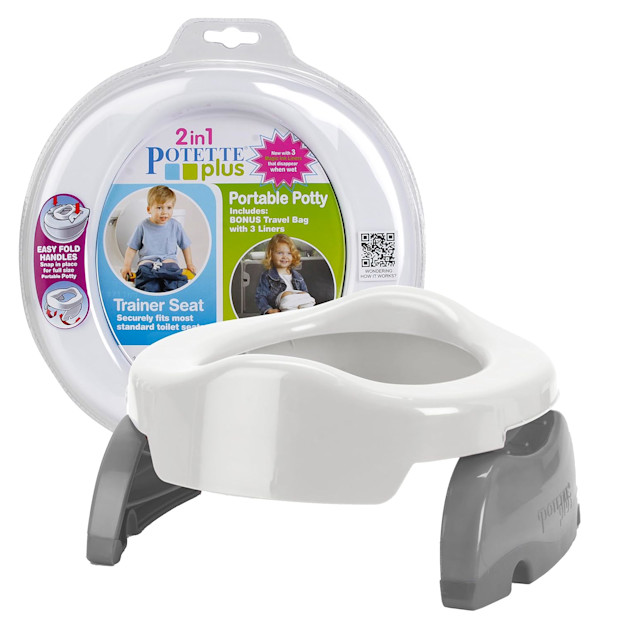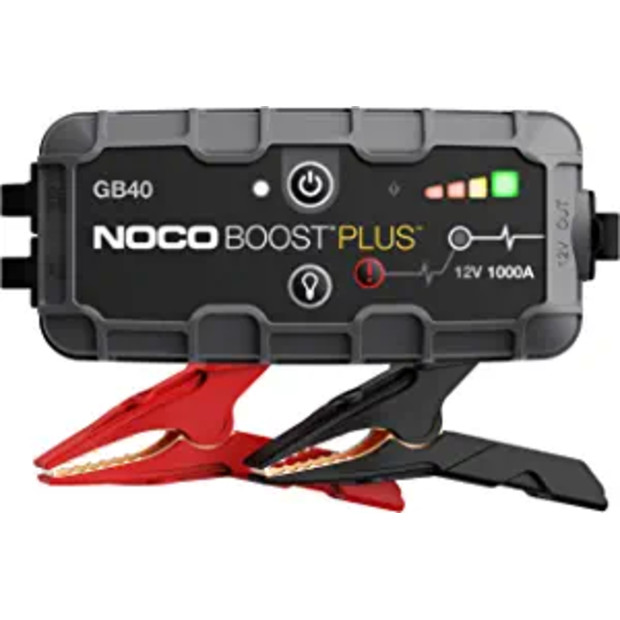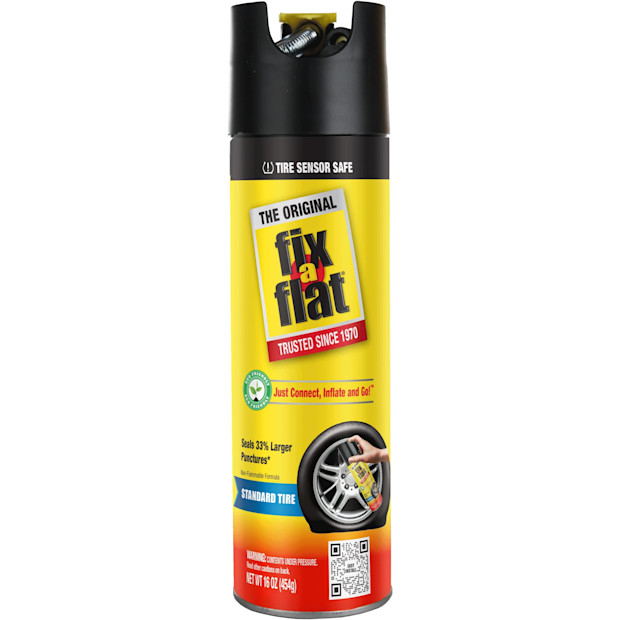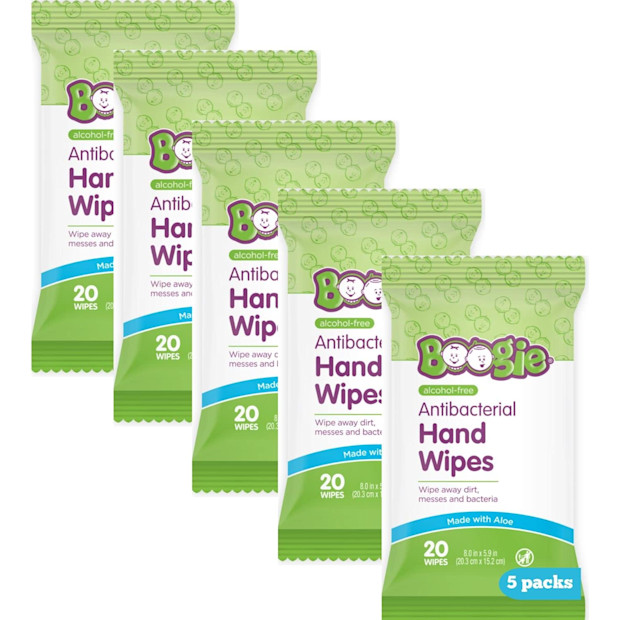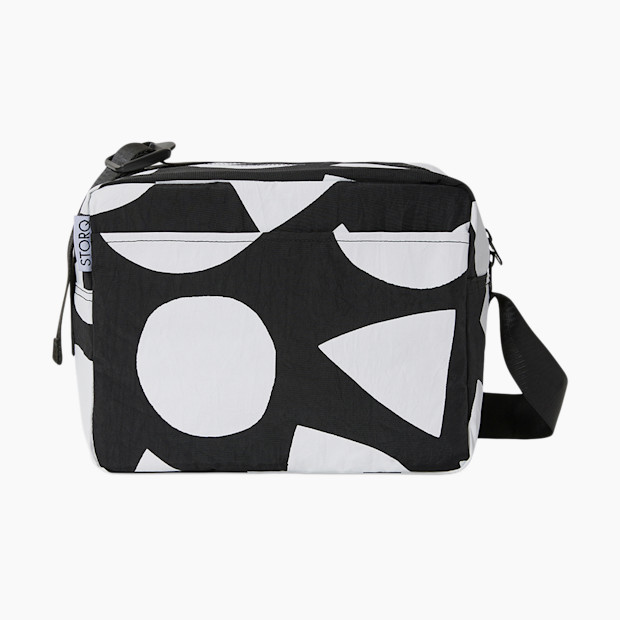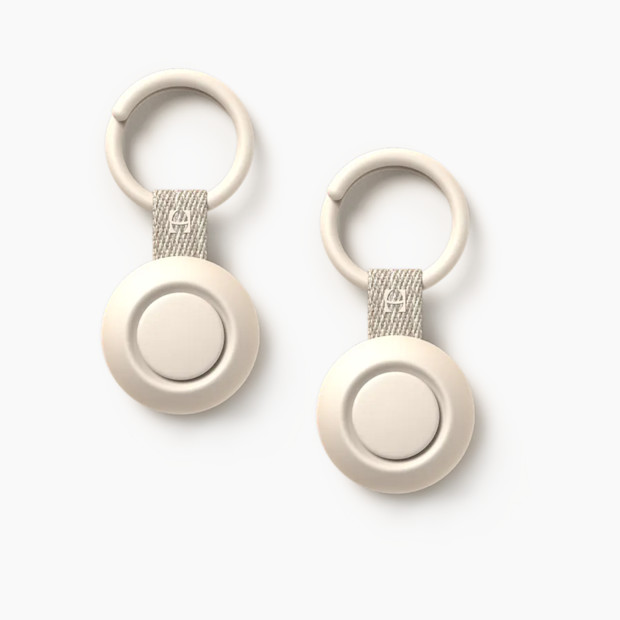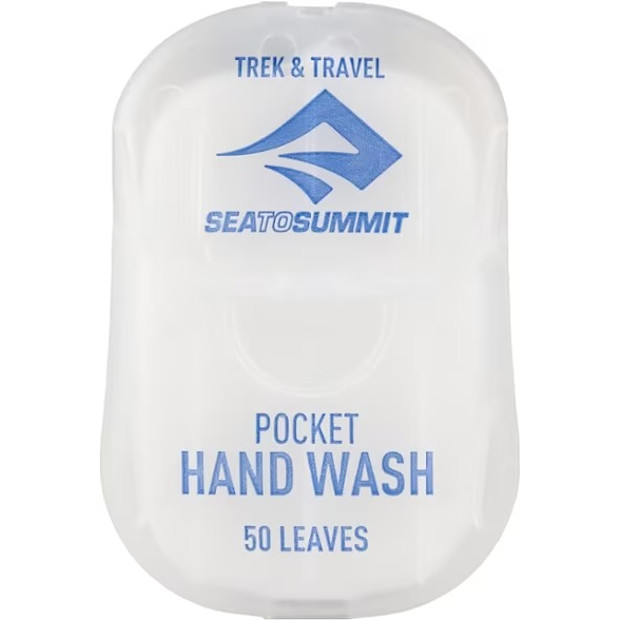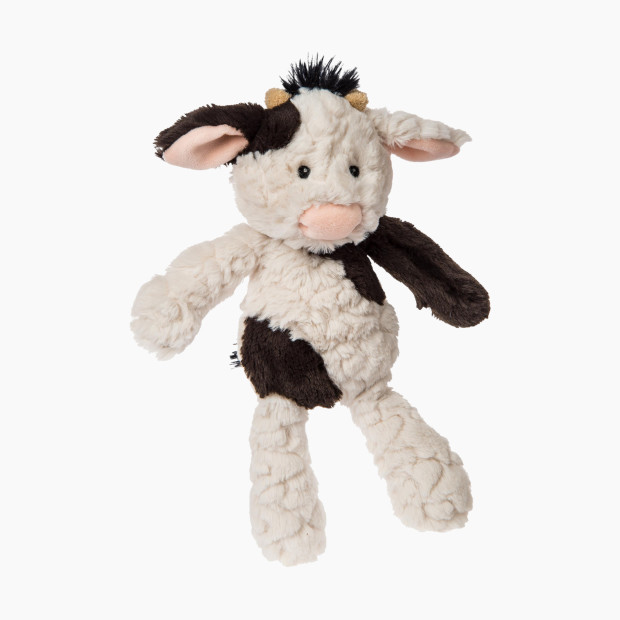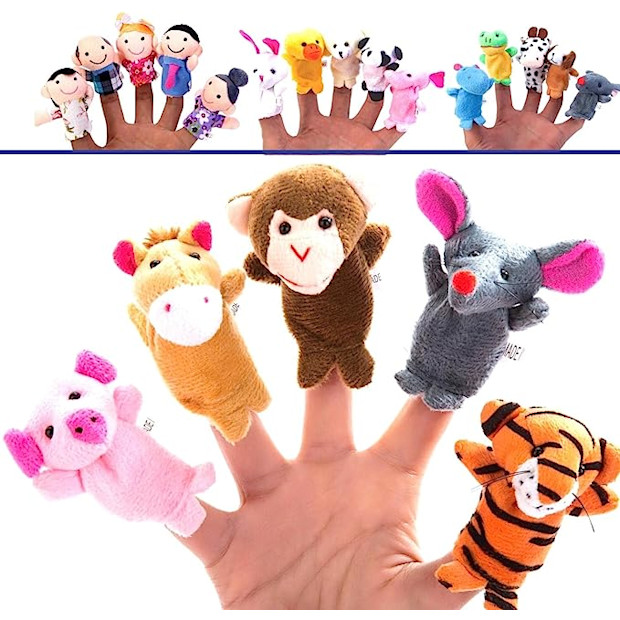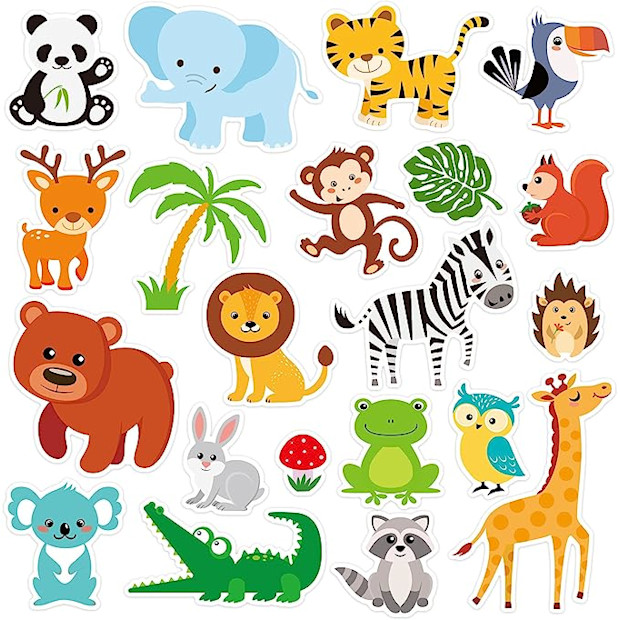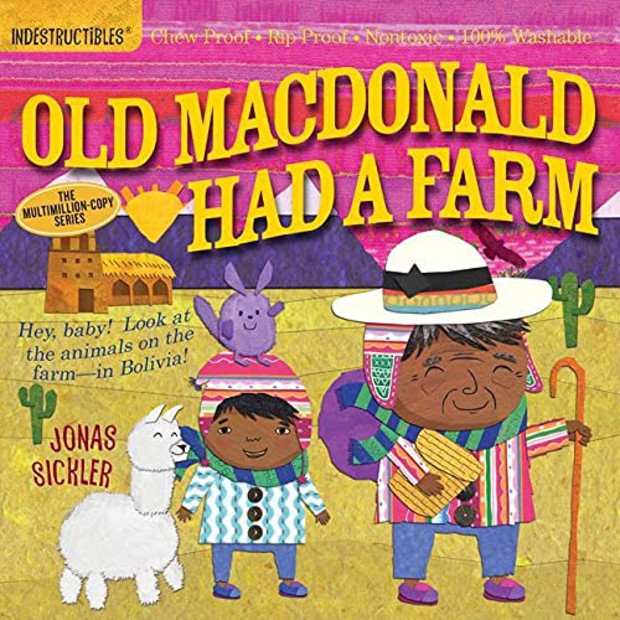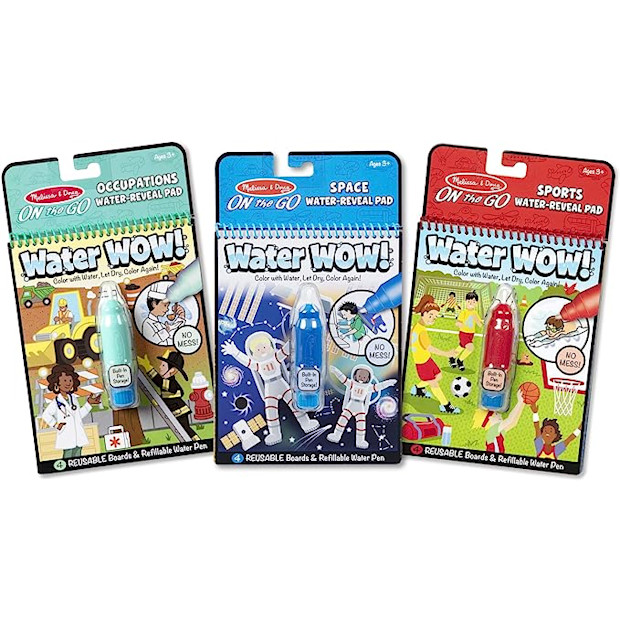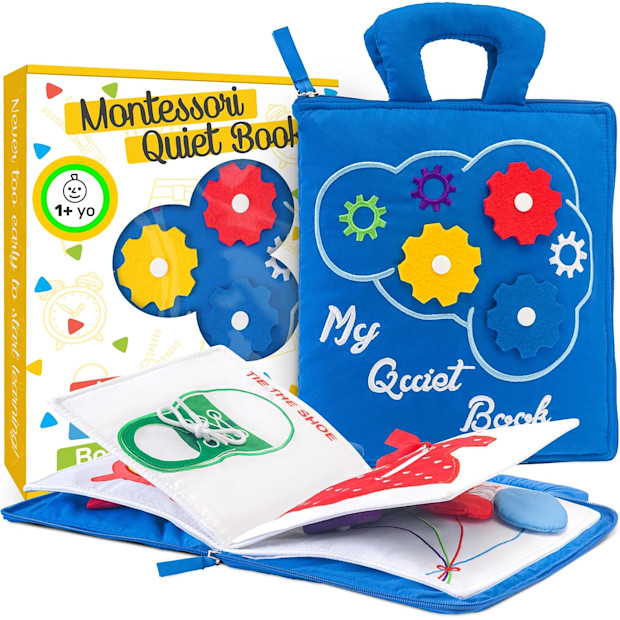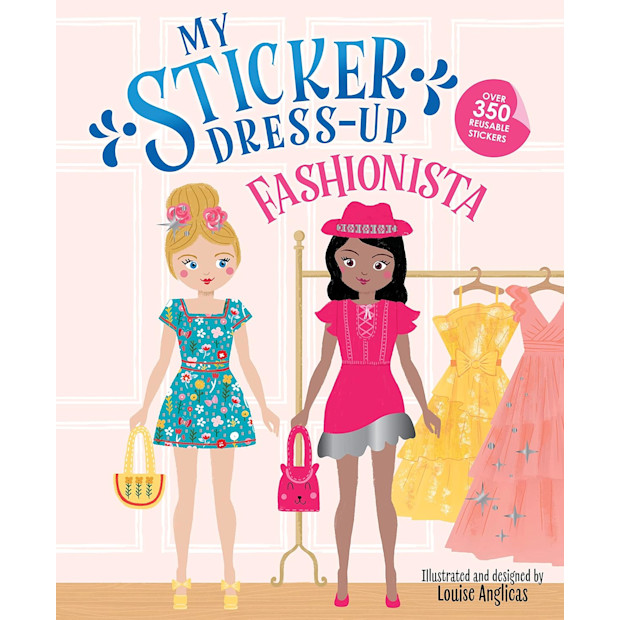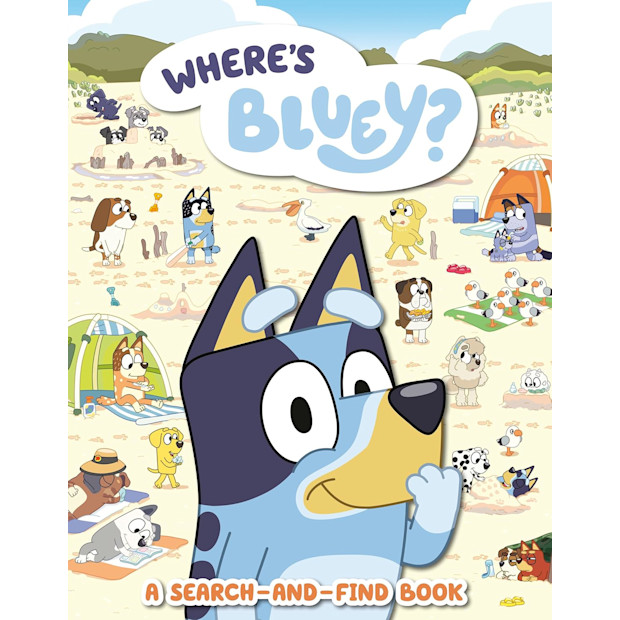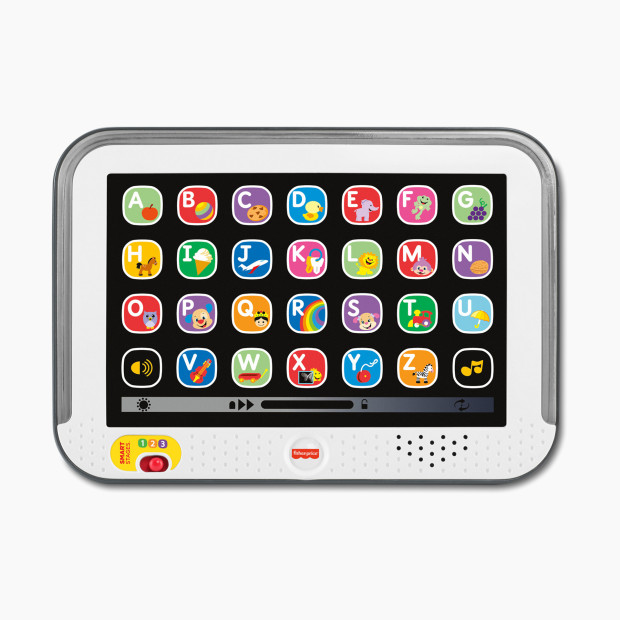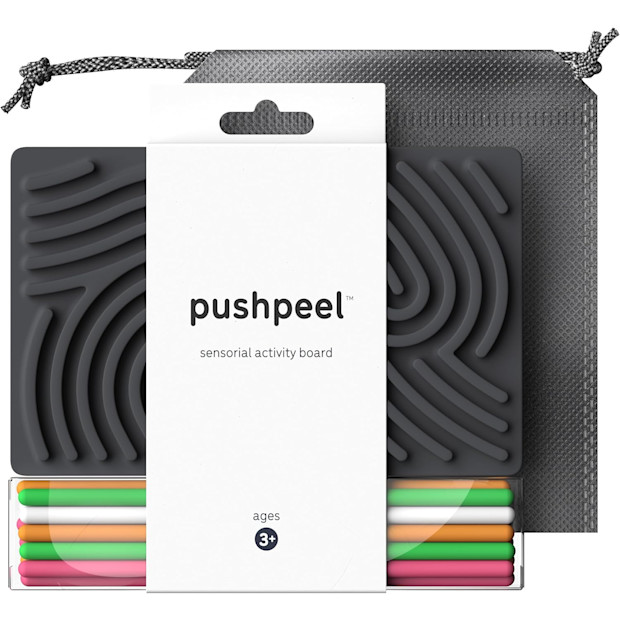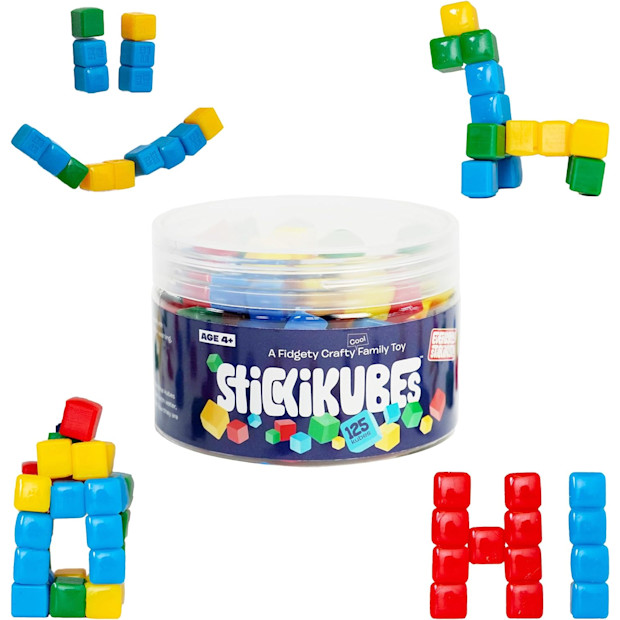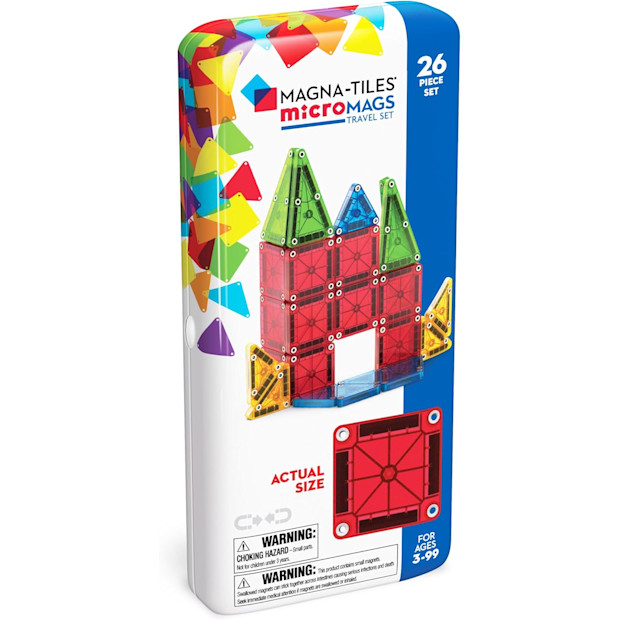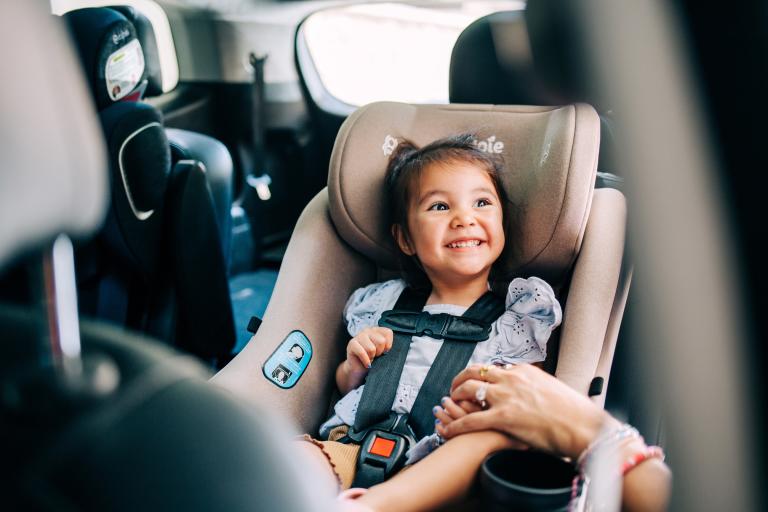
Road Tripping with a Toddler: Safety Pointers, Travel Tips and 30+ Products
An everything guide to surviving a road trip with your toddler in tow, from what to buy to how to safety-proof your journey.

By Jen LaBracio, CPST and Latifah Miles
In This Article
While admittedly a bit daunting, traveling with a toddler (including hitting the road) is more than just getting from one place to another—it can actually be pretty fun with a little planning and the right gear. Right before my daughter hit toddlerhood, we drove from North Carolina to New Jersey, and to say I learned a lot on that journey would be an understatement. From the basics like frequently stopping to allow her to stretch her legs to stocking up on her favorites (snacks, toys, shows—all of the above), there are ways to make a road trip with a toddler enjoyable (or at very least, doable).
To help you plan your next adventure, we’ve compiled some helpful tips by way of our resident gear editor and Child Passenger Safety Technician (CPST) Jen LaBracio as well as product suggestions according to parents at Babylist—including myself, Babylist commerce editor and mom of two, including a toddler I’ve hit the road with.
Before You Go, Safety First
There’s a lot to remember about traveling with toddlers in tow, especially toddler car seat safety. Combine the two and it’s easy to get overwhelmed quickly. While we recognize it’s often less stressful to choose convenience over compliance, keeping your toddler safe in the car during any trip—but especially during a long road trip—is paramount. Here are the most important safety tips to keep in mind:
No aftermarket products, ever
You’ve likely seen products and accessories designed to with your car seat like travel trays, neck or head supports, car seat toys, seat protectors, footrests, strap cushions and other similar items advertised as ways to keep your toddler entertained or more comfortable during road trips. They seem convenient, but experts urge you to skip them. These are aftermarket products made by a third-party manufacturer that are sold separately from your car seat’s original packaging. After-market products are not evaluated under federal safety standards and are not safe. According to the safety experts at Car Seats for the Littles, a non-profit organization staffed by CPSTs, what may seem like a minor change to your car seat could alter the way the seat or booster is designed and tested and could result in serious injury or even death. Some of these products can also turn into dangerous projectiles in a crash.
Stick to safe snacking
Snacks and toddlers go together like peanut butter and jelly. But car snacks and toddlers? That’s where things become a bit more complicated. There are two concerns around toddlers and car snacking: choking and projectiles. Choking is silent, so if your toddler is riding rear-facing and you’re sitting up front you may be completely unaware that anything is even wrong. There’s also no way to help a choking child while they are restrained in a moving car. Items like hard water bottles and snack containers may also turn into projectiles if you crash. So what are your options? According to Safe in the Seat, use your discretion when it comes to feeding your toddler in the car, and know there’s always an inherent risk involved. Avoid serving sticky foods like peanut butter or high-risk choking foods like raw veggies or hard fruits, hard candies or lollipops, string cheese, whole grapes, hot dogs, popcorn and nuts. Instead, stick to safe toddler car snacks like pouches, puffs, Goldfish, soft bars or even things like waffles or soft fruits cut up into small pieces. Avoid any hard or heavy water bottles or snack containers and try something like a reusable snack bag, a silicone bento box or a silicone tumbler instead.
Do the projectile test
So many items, like travel-sized toys, snack holders and sippy cups, can turn into dangerous projectiles in the event of a crash. The Car Seat Lady recommends performing an “ouch test” to evaluate if the toy or item you’re considering is car travel-friendly. Hit yourself on the head with the toy (and try not to laugh); if you say “ouch,” skip it in a moving vehicle.
In addition to the toddler-specific tips above, you’ll also want to keep in mind general road trip safety when heading out in the car with your family. Be sure your vehicle is up to date on all inspections and maintenance appointments. Check your tires and your windshield wipers, especially if you’ll be driving during the winter or other through other treacherous weather conditions. Be sure your car seats are installed safely and securely. And keep your route and weather predictions in mind.
Pack All the (Right) Things
Stay on the right side of preparedness by thinking ahead and packing all the things you’ll likely need while on the road. We tapped into the parents at Babylist to find out the toddler-friendly road trip must-haves, and I also added a few products that kept us sane during our 10-hour road trip with my own kids. There's everything from a travel-friendly potty for toilet-trained toddlers to a sun shade for the window (we forgot ours and had to cover our window in cardboard).
Don’t Skimp on Entertainment
There’s something to be said for letting kids be bored, but a long car ride with a toddler is not the time for this. While you certainly don’t have to entertain your toddler every minute of your trip, having an arsenal of entertainment options, games and activities at the ready will pay off on long road trips. A tip that worked for me is stocking up on a few items my daughter had never seen before to up the entertainment and excitement factor. Aside from buying toys (we have some car-friendly options below), here are other entertainment options:
Make a playlist. Include any of your toddler’s favorite songs and anything easy and fun to sing along to. You may have Wheels on the Bus stuck in your head for the next four days, but if it keeps your toddler happy in the car, it’s worth it.
Audiobooks and podcasts for kids are underrated toddler distractions. Even younger toddlers usually love to listen to stories, both new and ones they’re already familiar with, and discover new topics they’d be interested in.
Simple games are a good way to pass the time, especially with an older toddler. Things like I Spy or any type of landmark or license plate game can be fun for little ones during a road trip.
If all else fails, dosed-out screentime (if you’re comfortable with that) can come in handy. You can preload a tablet with a few low-stimulation shows or storybooks being read aloud.
Stick to a Schedule and Plan Strategic Stops
Figuring out the cadence for a long road trip with a toddler should be an art, not a science. The best road trip schedule for your family will take into account your toddler’s usual daily routine, your schedule and driving preferences and how much time you’ll have to get to and from your destination. Here are a few things to keep in mind.
Find the right departure time. Toddler moods are nothing if not unpredictable. Some are happy in the morning after a good night of sleep and a meal, while others tend to be on their best behavior later in the day or after a good, long nap. The same goes for adults. Some of us are night owls, while others are raring to go bright and early each day. Figure out where you—and your toddler—fall on this spectrum, and try to plan your departure accordingly to maximize everyone’s best selves.
Consider nap times. And speaking of scheduling, you’ll want to factor naps into your road trip, too. If you’re looking at an all-day drive, for example, you may want to consider leaving early, working in a few play breaks and a big lunch, then crossing your fingers that your toddler will take a chunky afternoon nap in the car seat. Caveat: If your toddler isn’t a big car sleeper, working around nap time won’t be as beneficial to you. You’ll also want to avoid leaving around bed time if your toddler isn’t a fan of car seat sleep.
Plan strategic stops. Toddlers are packed full of energy and will need breaks to stretch their legs or just get the wiggles out. If possible, look for parks, playgrounds or other kid-friendly pit stops along your route and stop every few hours to let your toddler get out of their car seat to run around (the American Academy of Pediatrics recommends stopping every 2 to 3 hours for daytime travel and every 4 to 6 hours at night). No parks nearby? An open parking lot works just as well. If you’re feeling ambitious, you can do some research before your trip and map out the stops prior to your departure, or you can just Google along the way.
As with other aspects of parenting, leave room for flexibility as everything might not go exactly to plan—and that’s ok!
